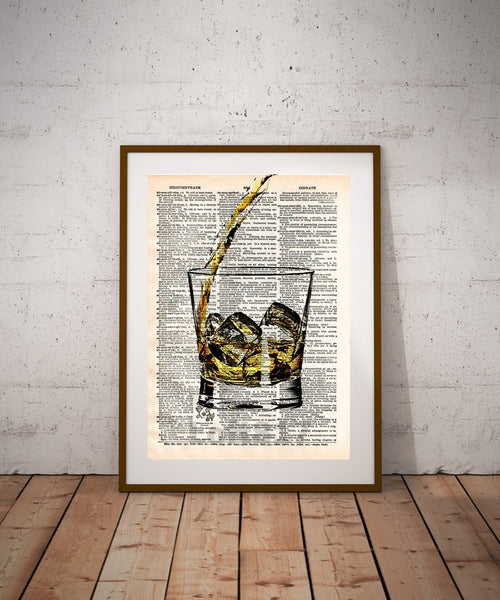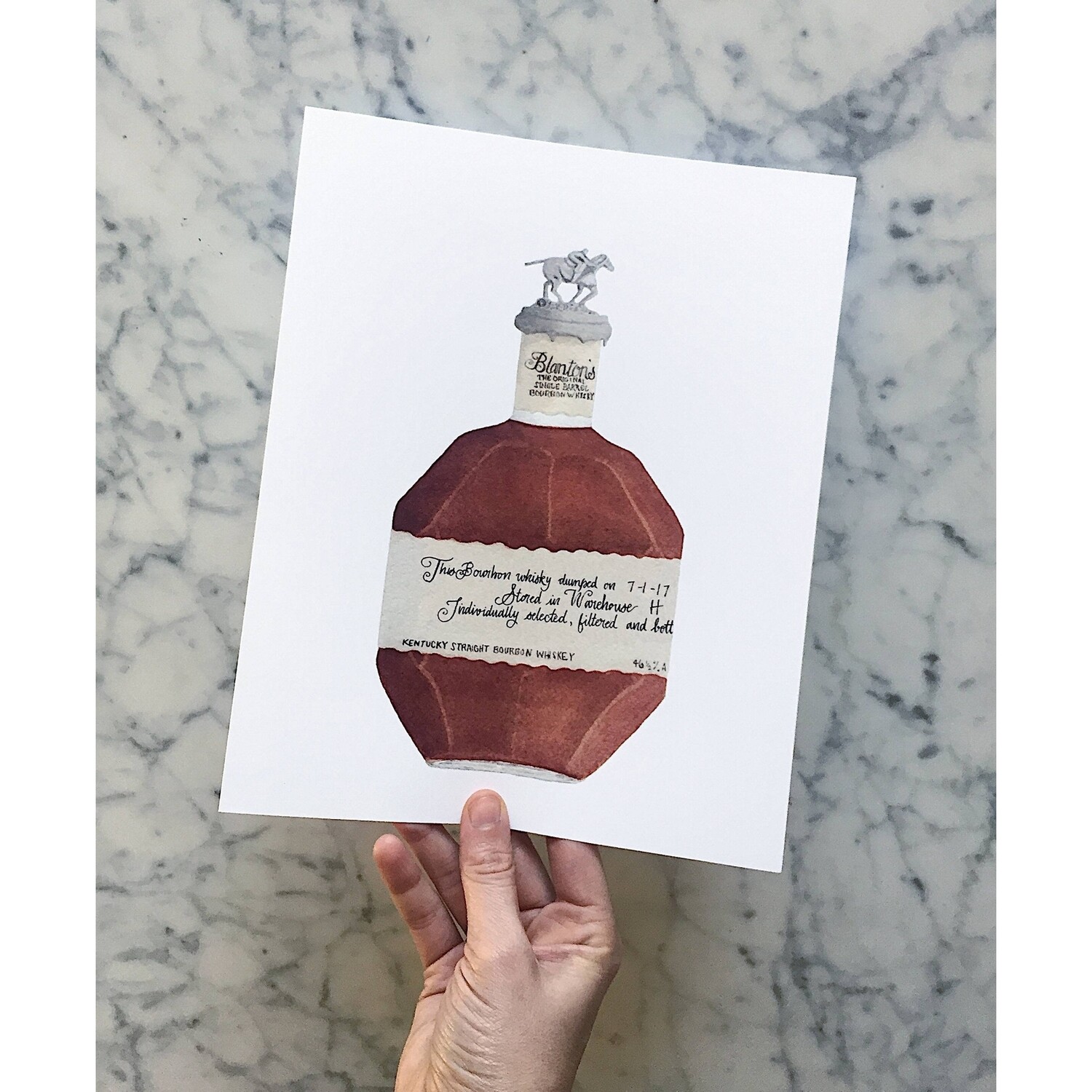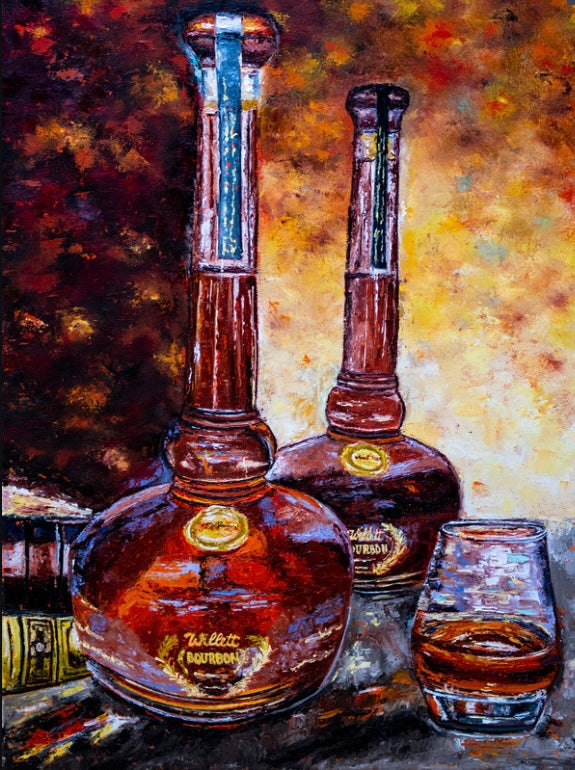The Value of Whiskey Art in Celebrating Heritage and Workmanship in the Beverage Industry
The complex relationship in between scotch art and the celebration of heritage and workmanship within the beverage industry can not be overemphasized. Through attentively developed bottles and tags, scotch brand names encapsulate their historic roots and the artisanal skills that specify their production methods.
The Historic Roots of Whiskey
At the heart of scotch's attraction lies an abundant tapestry of historical origins that map back to ancient civilizations. The beginnings of whiskey can be connected to the purification methods of the Sumerians and Babylonians around 2000 BCE, where very early forms of fermented grain drinks started to emerge. It was in the Middle Ages that the art of distillation advanced substantially, specifically in Ireland and Scotland, leading to the creation of scotch as we recognize it today.
The term "whiskey" itself stems from the Gaelic word "uisce beatha," indicating "water of life." This expression underscores the cultural value of whiskey in Celtic societies, where it was commonly connected with rituals, celebrations, and common bonding. By the 15th century, purification came to be an identified craft within reclusive areas, leading the way for the establishment of legal distilleries.
As trade paths increased, bourbon's appeal expanded, transcending regional boundaries and catching the rate of interest of lovers worldwide. Realism Art. This historic trip mirrors not just the workmanship behind bourbon manufacturing yet additionally its integral role in cultural and social contexts, marking it as a significant drink throughout background
Artistic Expression in Branding
Whiskey branding stands as a compelling crossway of creativity and commerce, where visual identity plays an essential role fit customer assumption. The visual appeals of whiskey labels, product packaging, and advertising and marketing products show not only the brand's tale but additionally its core values and heritage. With imaginative expression, distilleries share a narrative that resonates with customers, stimulating emotions and sparking links.
Using color, typography, and images in branding serves to differentiate items in a saturated market. Standard themes might evoke a sense of credibility and craftsmanship, while modern-day designs can indicate advancement and forward-thinking. This strategic creative direction improves brand name recognition and commitment, allowing customers to build an individual connection with the bourbon they choose.
Additionally, artistic expression in branding commonly serves as an event of local heritage. Distilleries frequently integrate neighborhood signs or historical referrals right into their designs, developing a local color that welcomes customers to take part in a wider cultural experience. Inevitably, the artistry behind scotch branding not just boosts aesthetic appeal however likewise improves the overall story of the brand name, fostering a deeper recognition for the workmanship and heritage ingrained in each container.
Craftsmanship in Bottle Design
The creativity obvious in whiskey branding extends beyond visual identification to include the workmanship entailed in container design. Each bottle acts as a vessel not just for the spirit within, however additionally for the tale it informs concerning its beginning, practice, and quality. The design process calls for precise here interest to detail, as elements such as form, closure, and product contribute substantially to the general understanding of the whiskey.
Craftsmanship in container style includes selecting top notch glass that can improve the scotch's color and quality, while additionally supplying a tactile experience for the consumer. The shape of the container should be both practical and aesthetically enticing, often mirroring the heritage of the brand name. Numerous distilleries choose special shapes or embossed logo designs that stimulate a sense of authenticity and background.
Furthermore, the label layout and typography play a vital role in connecting the brand's narrative. Limited Edition. A well-crafted bottle not just mesmerizes the consumer's eye but also enhances the brand name's dedication to quality and tradition. In this means, the craftsmanship of container design comes to be an important aspect of the scotch experience, merging creativity with a profound respect for heritage
Social Importance of Bourbon Art
Celebrating practice and craftsmanship, the cultural relevance of whiskey art transcends plain appearances, intertwining with the historic and social narratives of the areas where it originates. Each container acts as a canvas, depicting the special tales, folklore, and customs that have actually formed local whiskey-making methods. The intricate designs commonly show the heritage of the distillers, including symbols and themes that reverberate with the society and worths of their communities.

Additionally, scotch art plays a vital function in public events and celebrations, functioning as a concrete link between individuals and their shared experiences. By appreciating the creativity in whiskey packaging, customers cultivate a much deeper understanding and respect for the craft, eventually improving their enjoyment of the drink itself.
Modern Trends in Bourbon Presentation
Recently, the discussion of whiskey has advanced to reflect contemporary preferences and trends while still recognizing typical craftsmanship - Limited Edition. Distilleries are significantly concentrating on aesthetic aspects that boost the overall drinking experience, connecting the space in between heritage and modernity
Ingenious bottle styles have arised, usually incorporating lasting materials and artistic labels that tell engaging stories. Numerous brand go now names currently work together with regional musicians, instilling their items with one-of-a-kind aesthetic expressions that resonate with customers. In addition, limited-edition launches are commonly packaged in collectible containers, including worth and allure for connoisseurs.

Conclusion
In verdict, whiskey art acts as a vital channel for sharing the heritage and craftsmanship intrinsic in the drink sector. Through intricate branding, ingenious bottle layouts, and culturally significant creative aspects, scotch brand names effectively recognize their customs and attach with customers. This creative story not only elevates the gratitude of scotch however additionally strengthens community identity and pride among manufacturers. Ultimately, whiskey art plays a vital function in preserving and celebrating the rich social tapestry of whiskey-making.


Craftsmanship in container layout entails picking top quality glass that can enhance the whiskey's shade and quality, while likewise giving a responsive experience for the customer. In this way, the workmanship of bottle style ends up being an important aspect of the whiskey experience, merging creativity with a profound respect for heritage.
In verdict, whiskey art serves as a crucial conduit for sharing the heritage and craftsmanship integral in the beverage sector.